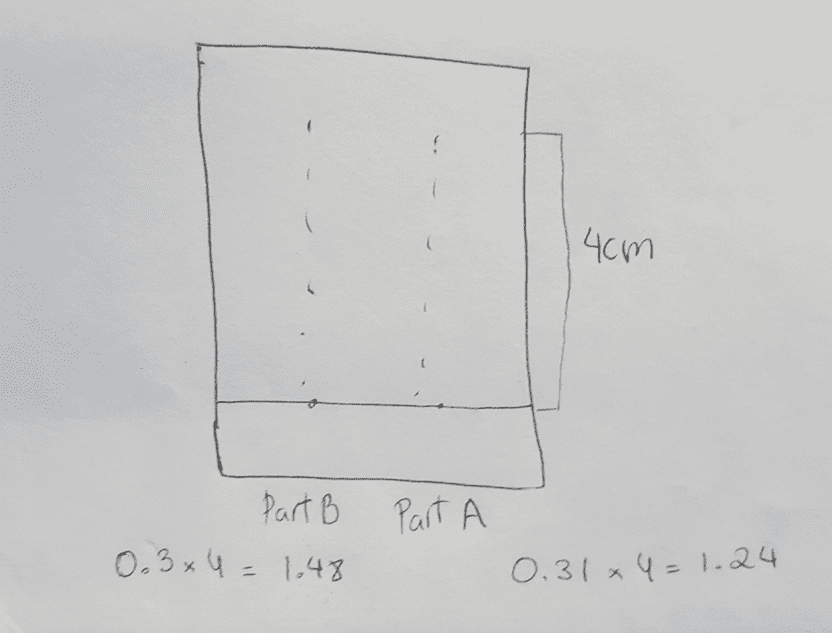CHEM 2152 Lecture Notes - Lecture 3: Azobenzene, Silica Gel, Tanning Bed

6.3 Thin-Layer Chromatography
Obtain a 10-ctn x 3-cm strip of silica gel chromatogram sheet without a fluores
cent indicator. Handle the strip only by the sides in order to avoid contaminat
ing the plate with oils from your hands. Place one pencil dot about 1 cm from
the left side and about 1 cm from one end of the sheet and another about
1 cm from the right side the same distance from the bottom as the first. Using a
micro or capillary pipet, carefully apply a spot of a 10% solution of commercial
azobenzene in toluene, which you should obtain from your instructor, over one
of the pencil dots. Do not allow the spot to diffuse to a diameter of more than
1-2 mm during application of the sample. Allow the spot to dry and then
expose the plate to sunlight for one to two hours (or a sun lamp for about 20
min).
While irradiating the TLC plate, prepare a developing chamber as described
in Part A using a 9:1 mixture (by volume) of hexane and chloroform as the
developing solvent; there should be no flames in the vicinity.
When the irradiation is complete, apply another spot of the original solu
tion on the plate over the second pencil dot in the same manner as just
described and allow the strip to dry. Place the strip in the developing chamber,
being careful not to splash solvent onto the plate. Both spots must be above the
solvent level. Allow the solvent to move to within approximately 2-3 mm of
the top of the strip and then remove the strip. Mark the position of the solvent
front with a pencil, and allow the plate to air-dry. Note the number of spots
arising from each of the two original spots. Pay particular attention to the rela
tive intensities of the two spots nearest the starting point in each of the samples;
these are jyn-azobenzene.
Calculate the Revalues of each of the spots on your developed plate. In your
notebook include a picture of the developed plate drawn to scale as a permanent
record.
MsCoOiiDg ‘ii’®(sisllo80 Pour the unused mixture o f hexane and chloroform
used as eluent into the container for halogenated solvents, and put the dry
chromatographic plates in the hazardous solid waste container, since they
contain small amounts of azobenzene.
iKgROSB
1. Which of the two diastereomers of azobenzene would you expect to be
more thermodynamically stable? Why?
2. From the results of the TLC experiment with the azobenzenes, describe the
role of sunlight.
3. In a TLC experiment why should the spot not be immersed in the solvent in
the developing chamber? If you have time, see what happens when this is
done.
4. Explain why the solvent must not be allowed to evaporate from the plate
during development.
5. Explain why the spot should be no larger than 2 mm.
Document Summary
Obtain a 10-ctn x 3-cm strip of silica gel chromatogram sheet without a fluores cent indicator. Handle the strip only by the sides in order to avoid contaminat ing the plate with oils from your hands. Place one pencil dot about 1 cm from the left side and about 1 cm from one end of the sheet and another about. 1 cm from the right side the same distance from the bottom as the first. Using a micro or capillary pipet, carefully apply a spot of a 10% solution of commercial azobenzene in toluene, which you should obtain from your instructor, over one of the pencil dots. Do not allow the spot to diffuse to a diameter of more than. Allow the spot to dry and then expose the plate to sunlight for one to two hours (or a sun lamp for about 20 min).


